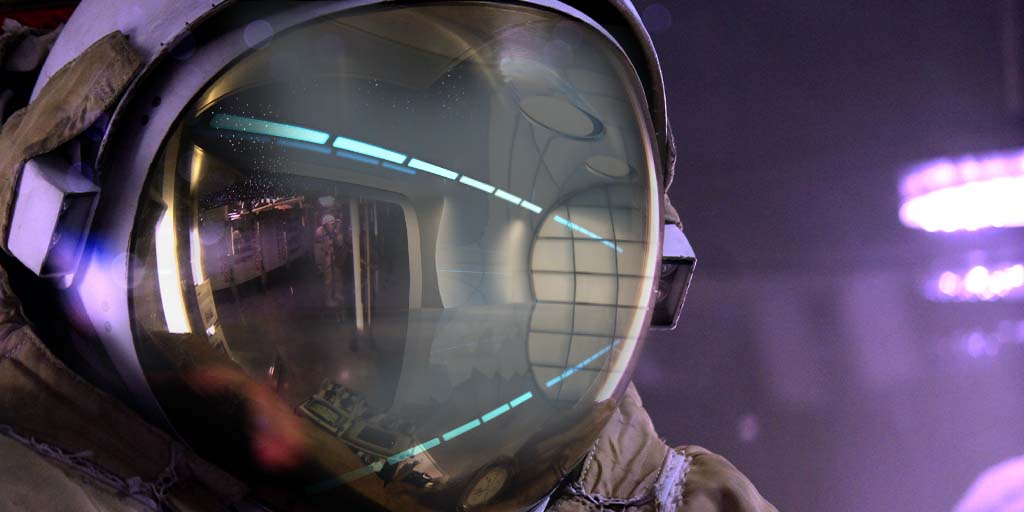
yet2 is working with NASA to conduct a market research study of Augmented Reality (AR) systems and optics technology. They are seeking to understand the state-of-the-art of AR optoelectronics for eventual application in suited astronaut space exploration.
Background
NASA envisions using the AR device as an integrated or modular part of the suit that can present AR content viewable through the helmet. The intended use case is for AR content with interaction enabled throughout an entire extravehicular activity (EVA) which is approximately 6-8 hours on the lunar surface. There is a preference for AR systems which can be ruggedized to the harsh radiation and thermal environments of a lunar EVA environment. Additional scenario and use case descriptions which the AR system should support include:
- Crew will perform a variety of tasks: walking through difficult terrain, working with engineered equipment, working with natural surface features (e.g. rocks)
- Crew will need to pay attention to far field features such as looking at the horizon and also work with near field objects (rocks in hands). Crew will have to switch between these vantage points without difficulty.
User will be in an intense work environment for the user – cold and hot temperature swings, sweaty, heavy breathing, etc.
The Ideal Solution Would
- Display procedural content such as text instructions and annotated images, telemetry information in text/graphical formats, photography, and video, as well as navigation information.
- Offer hands-free operation as astronauts will have limited dexterity with their hands due to their pressurized gloves and mobility in general.
- Secure fit and form with limited need for adjustment. Crew cannot access their head once inside the spacesuit.
- Accommodate varied anthropomorphic range of intended users
- Place informatics content across the entirety of the users view. However, the display system should remain non-obstructive to the user and retain transparency and see-through good optical quality in their field of regard.
- Contend with the harsh space environment such as low-on-the-horizon sun angle of the lunar south pole with extremely long shadows, heavy ion radiation, large thermal shifts, vacuum pressure, and abrasive dust.
- Contend with pressurized suit system with an internal 100% oxygen atmosphere
- Contend with harsh launch loads – severe random vibration environments
- Development stage: TRL 4+ (functional prototype to commercially available system)
Possible Solution Areas
- Augmented Reality (AR/MR/XR)
- Transparent Displays
- Optoelectronics
Desired Outcome of the Solution
NASA understands that most technologies will not be an exact fit for their needs. They are open to further developing the technology to tailor it to their requirements, and any company that might have a solution suited for harsh lighting, limited physical control, or similar content displays is of particular interest, but not a hard requirement.
Field of Use and Intended Applications
Displays for astronauts during extravehicular activities (EVAs).
Related Tech Needs
Seeking: AR/VR Training System Best Practices
Seeking: Inspection Tech for Additive Manufacturing in Space
NIST Seeking: Incident Command Platform Technologies
Photo Credits: Harald Woblick from Pixabay & Matthias Wewering from Pixabay
